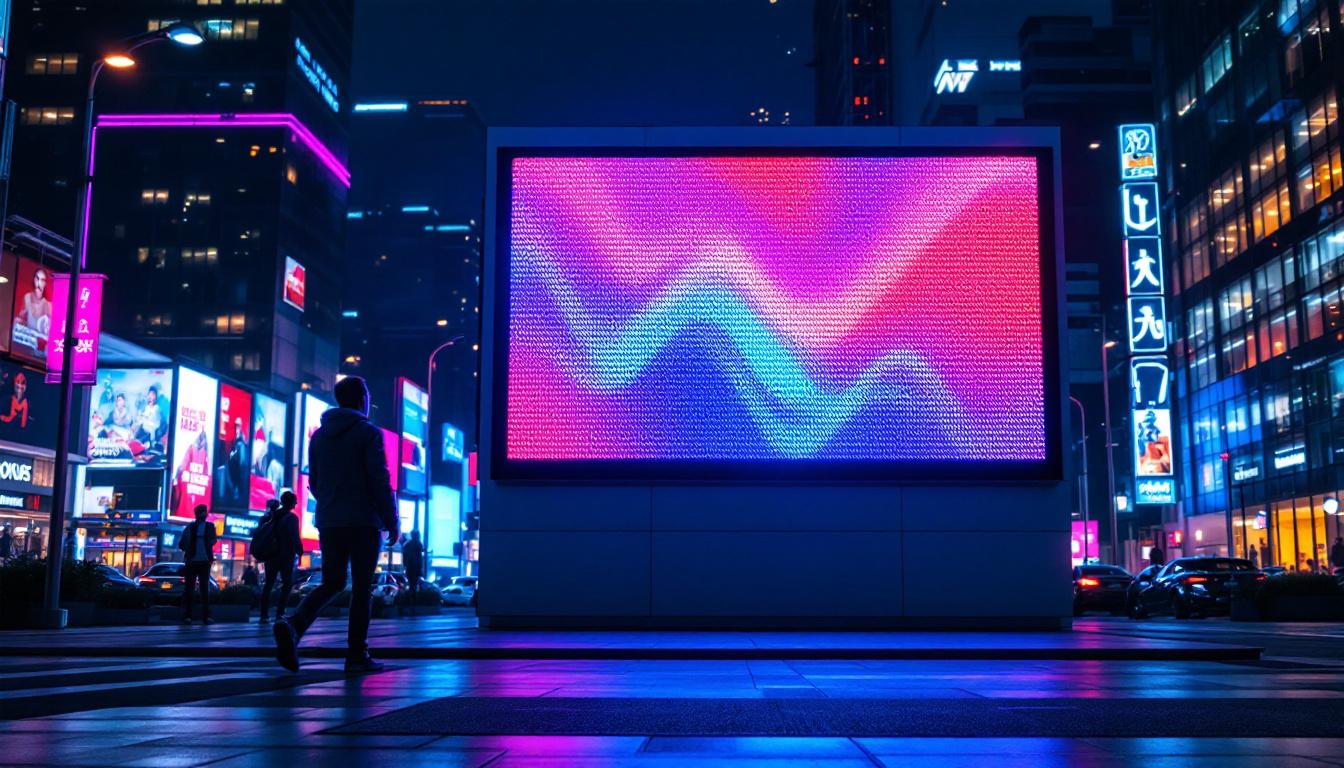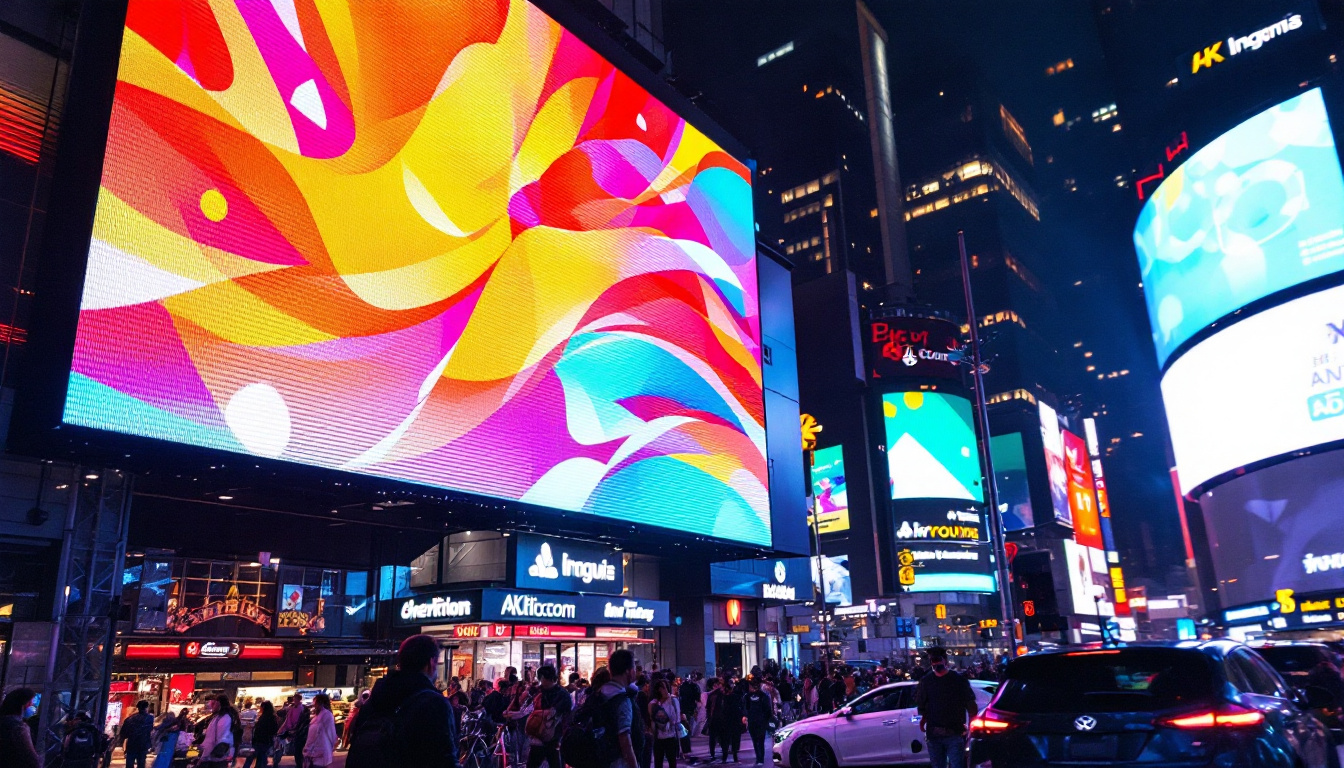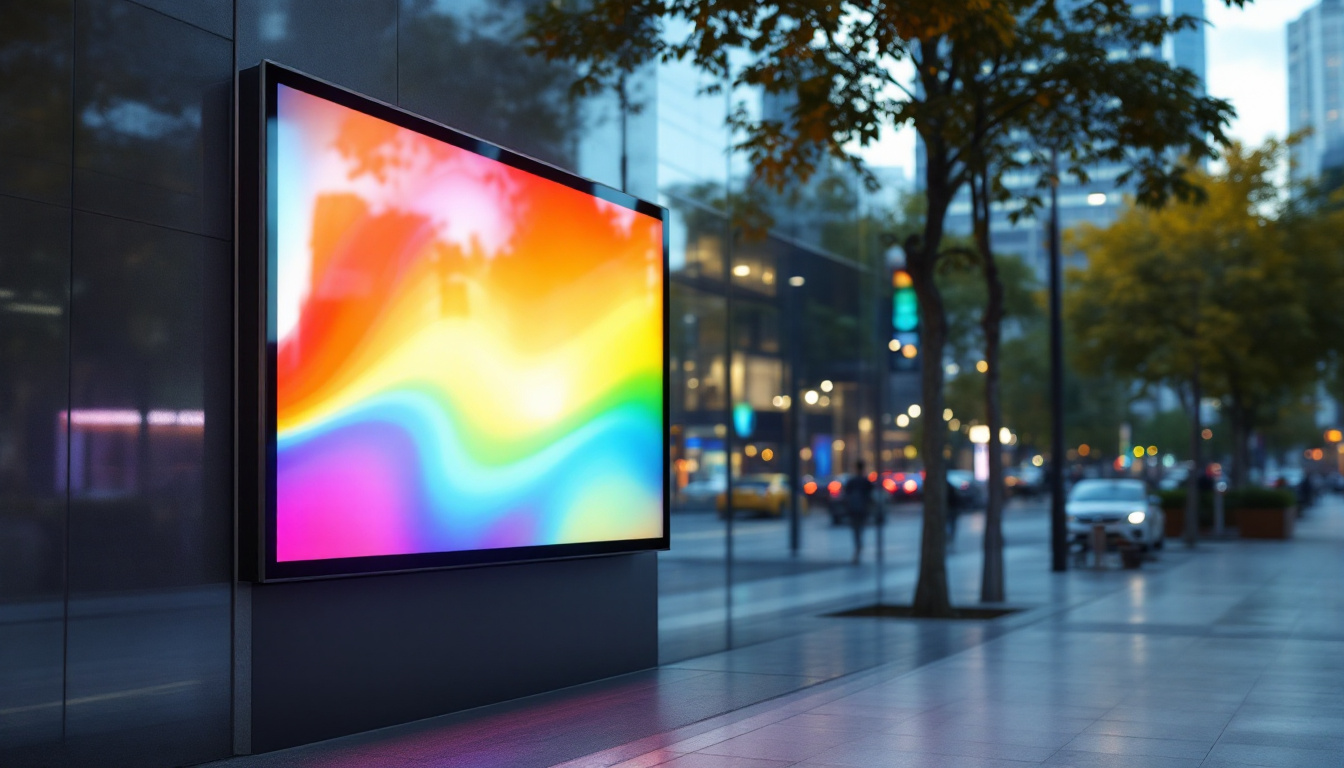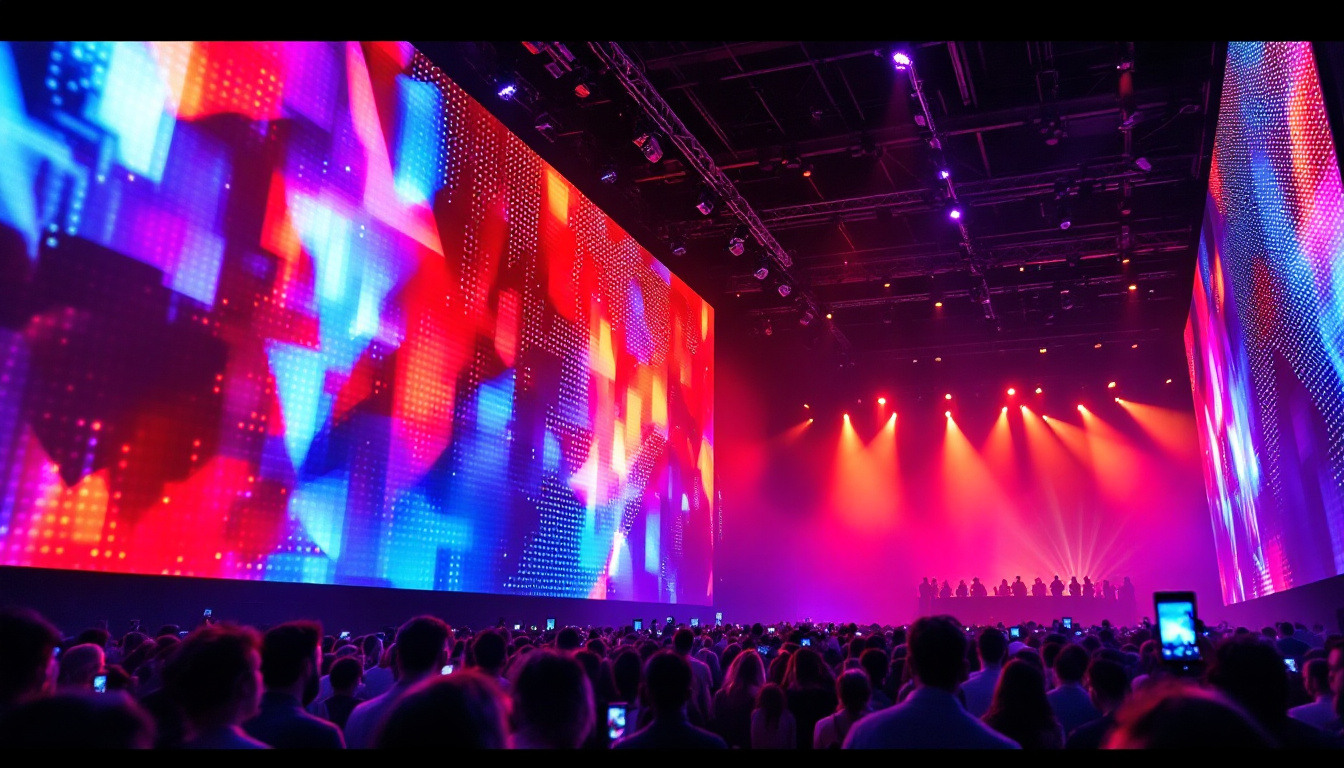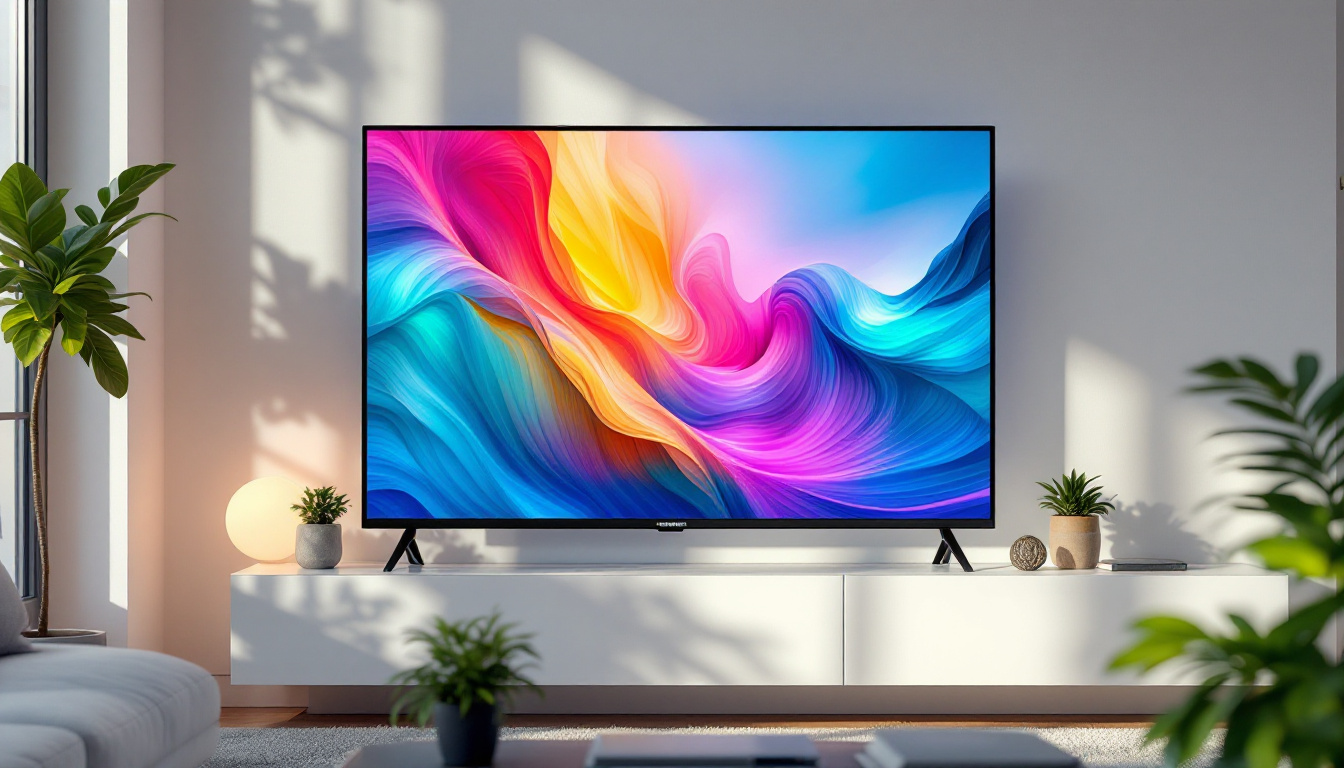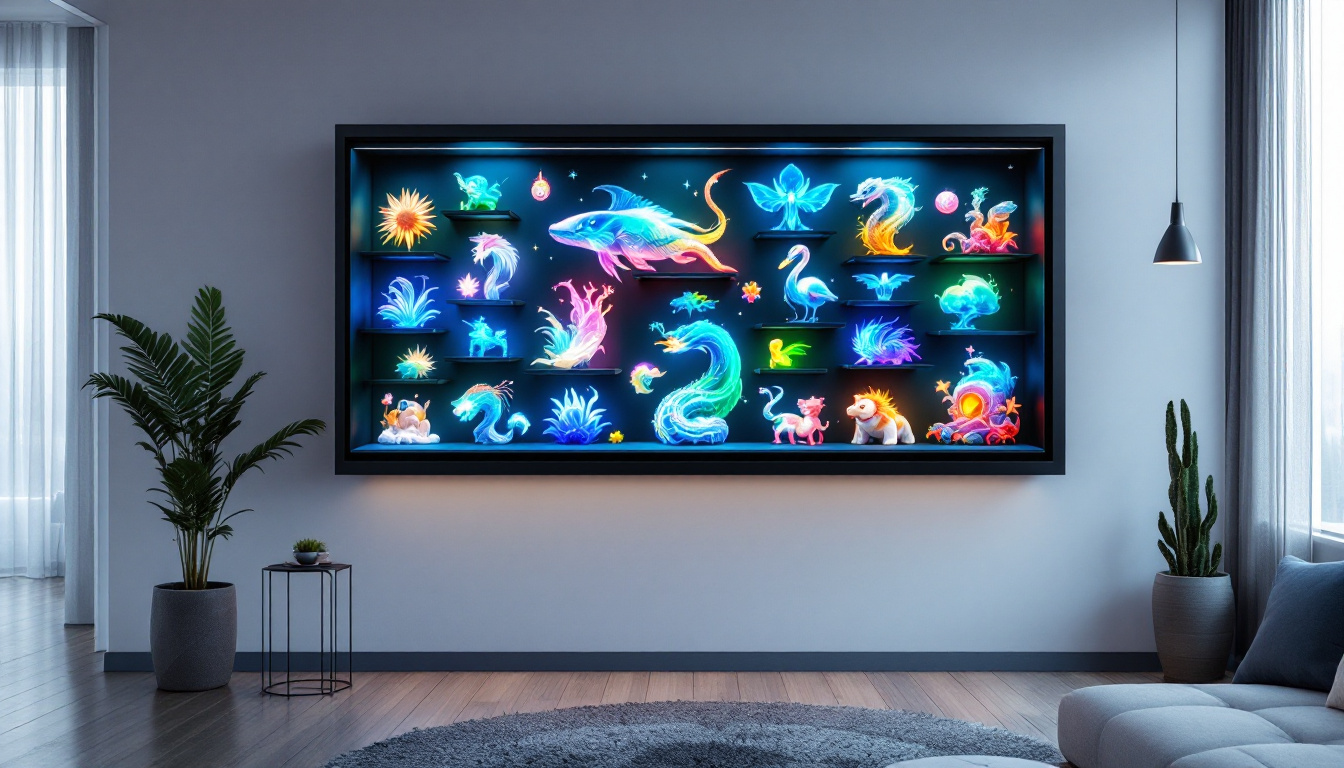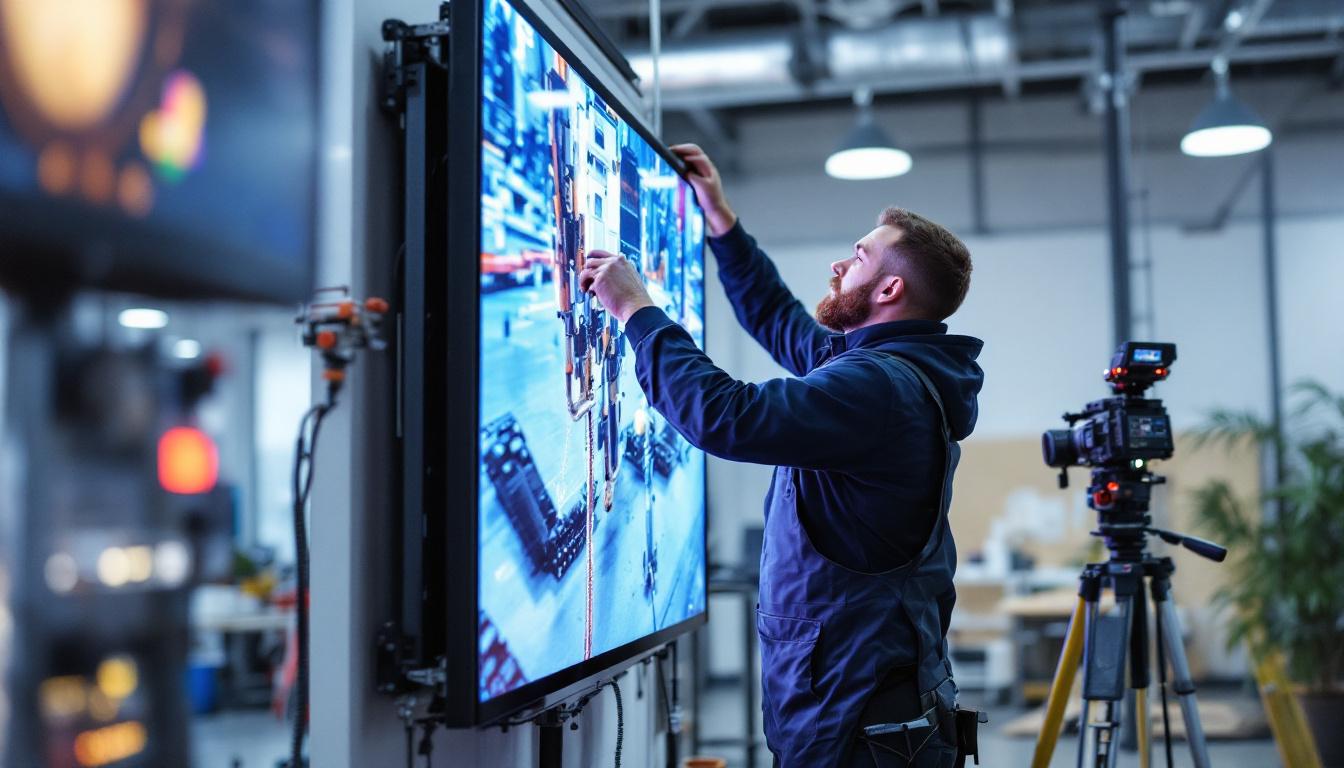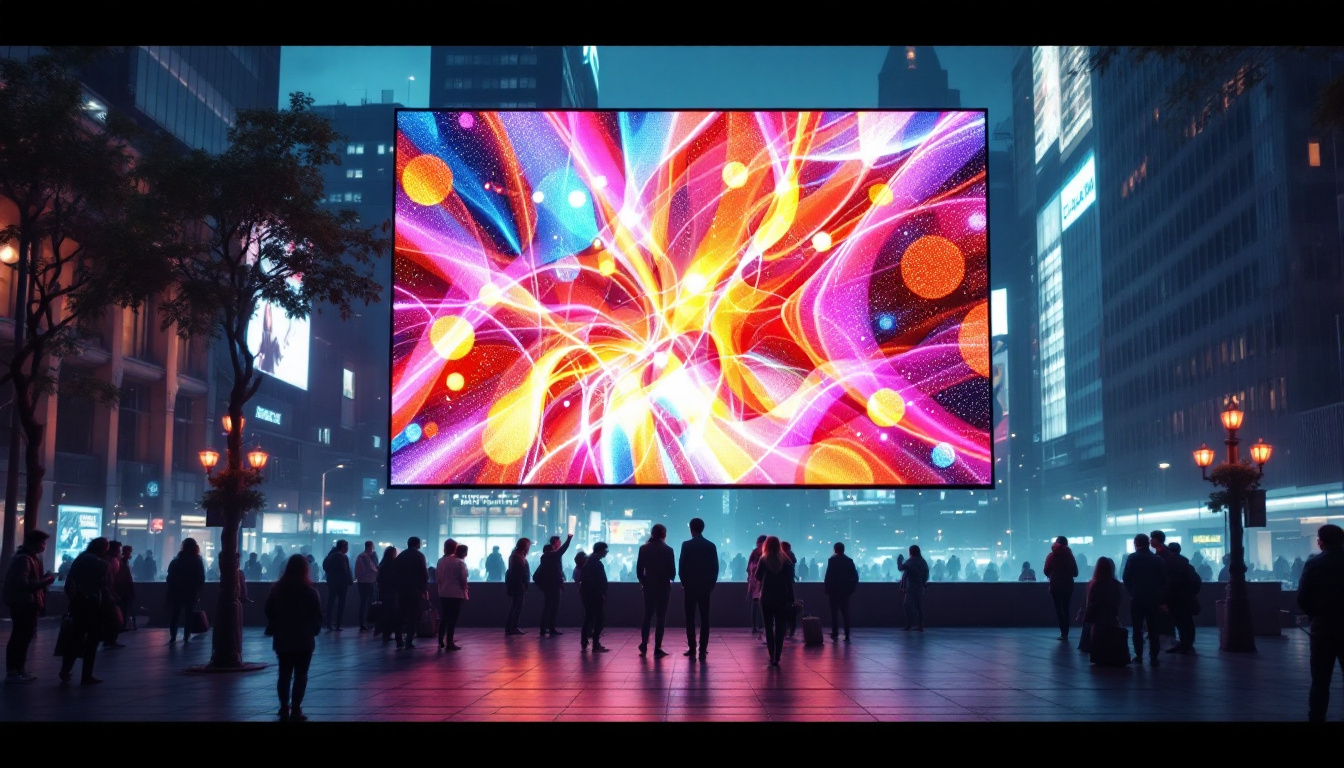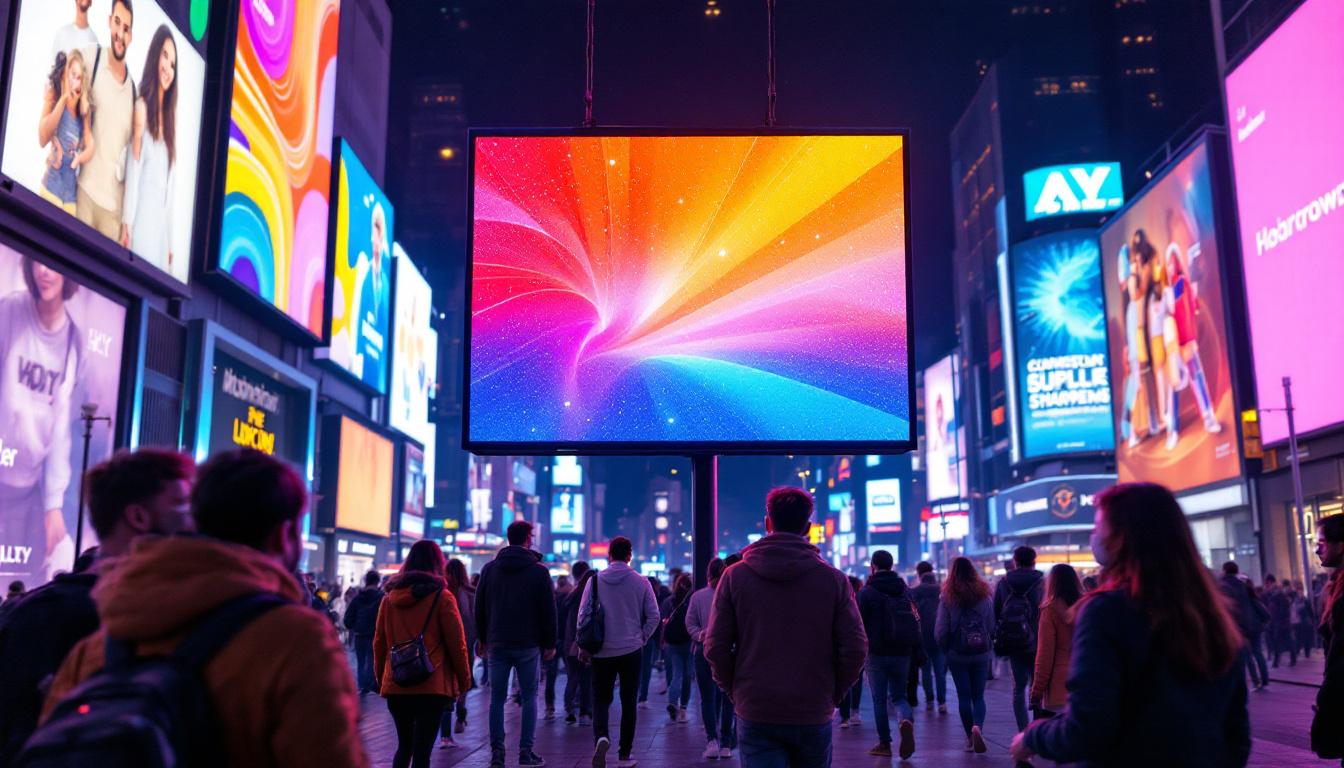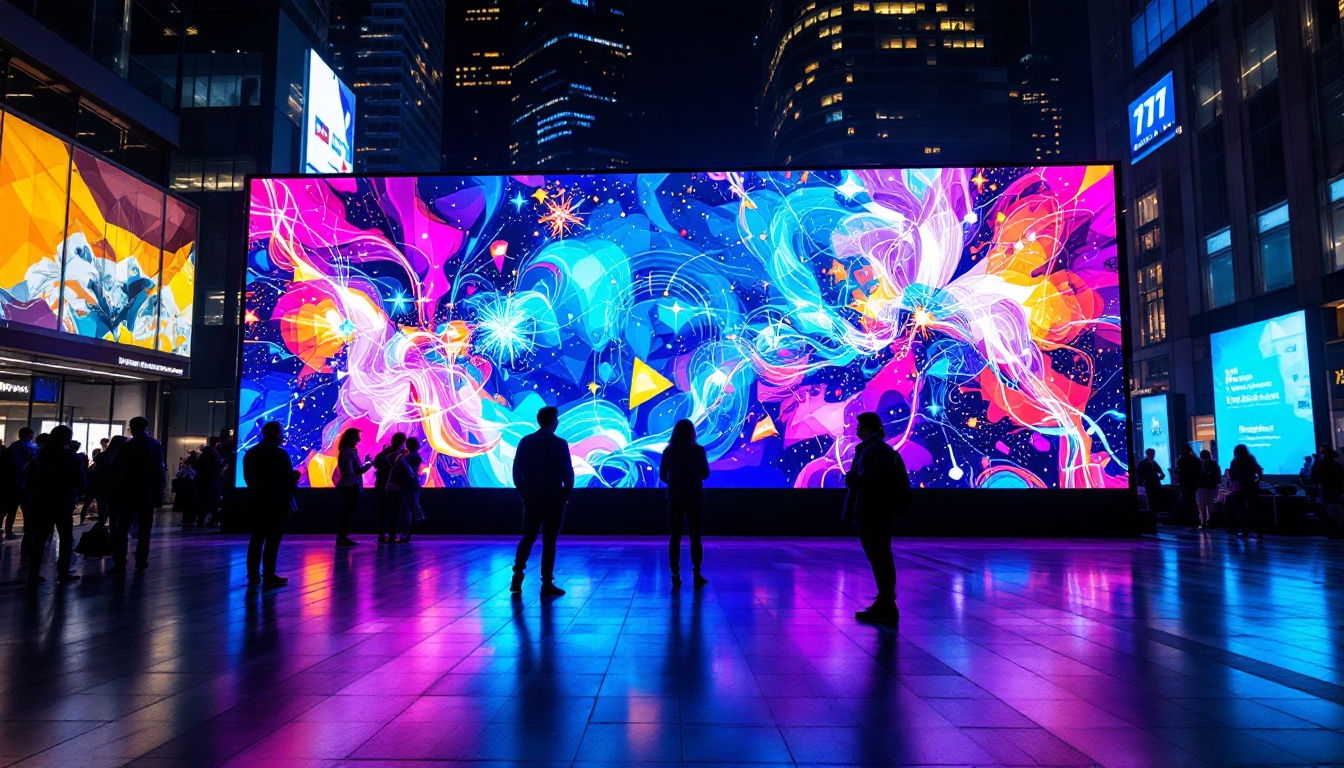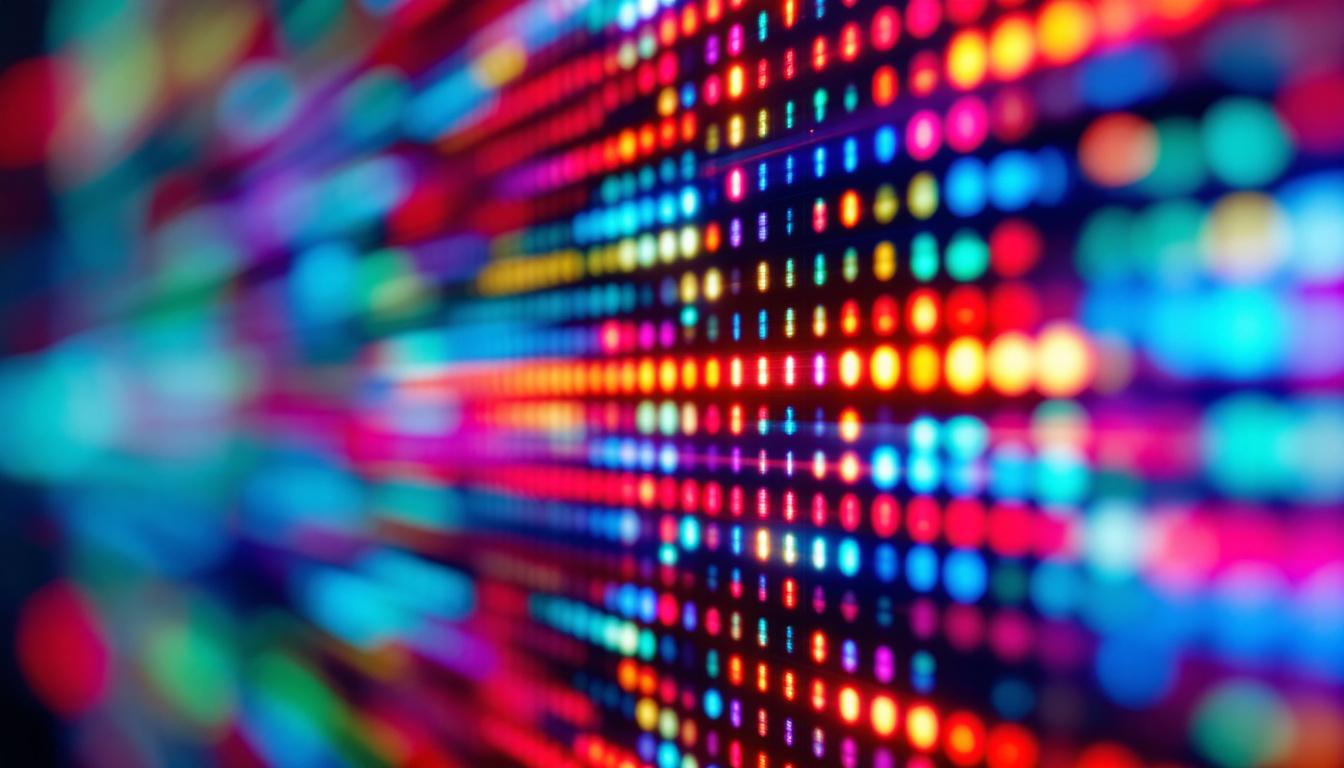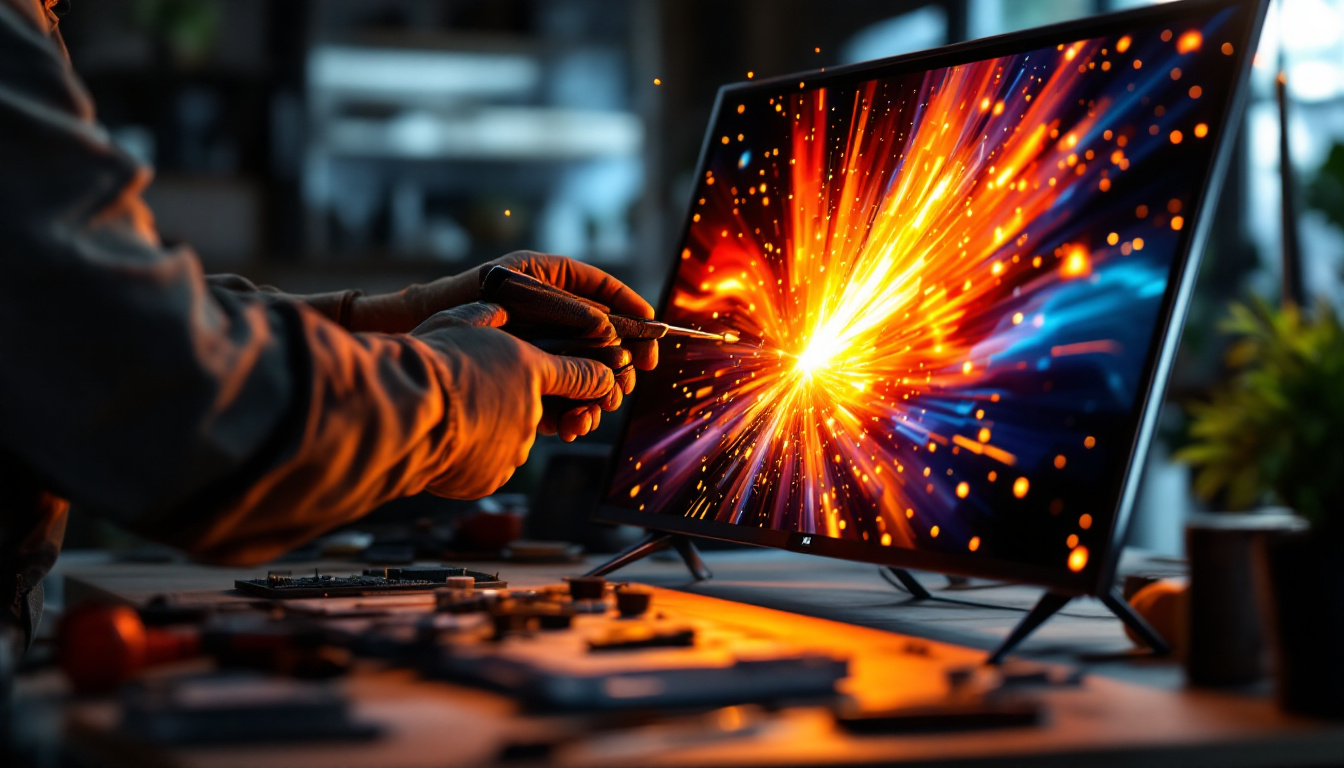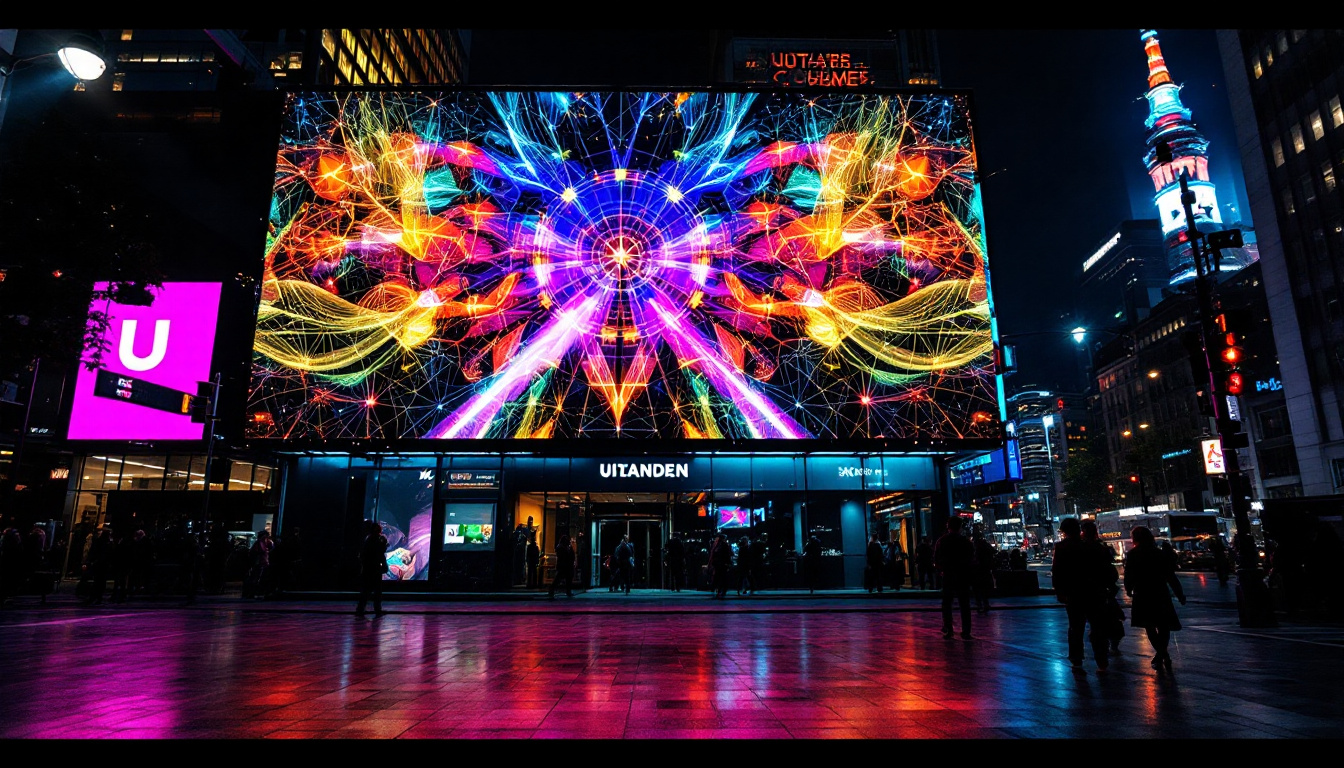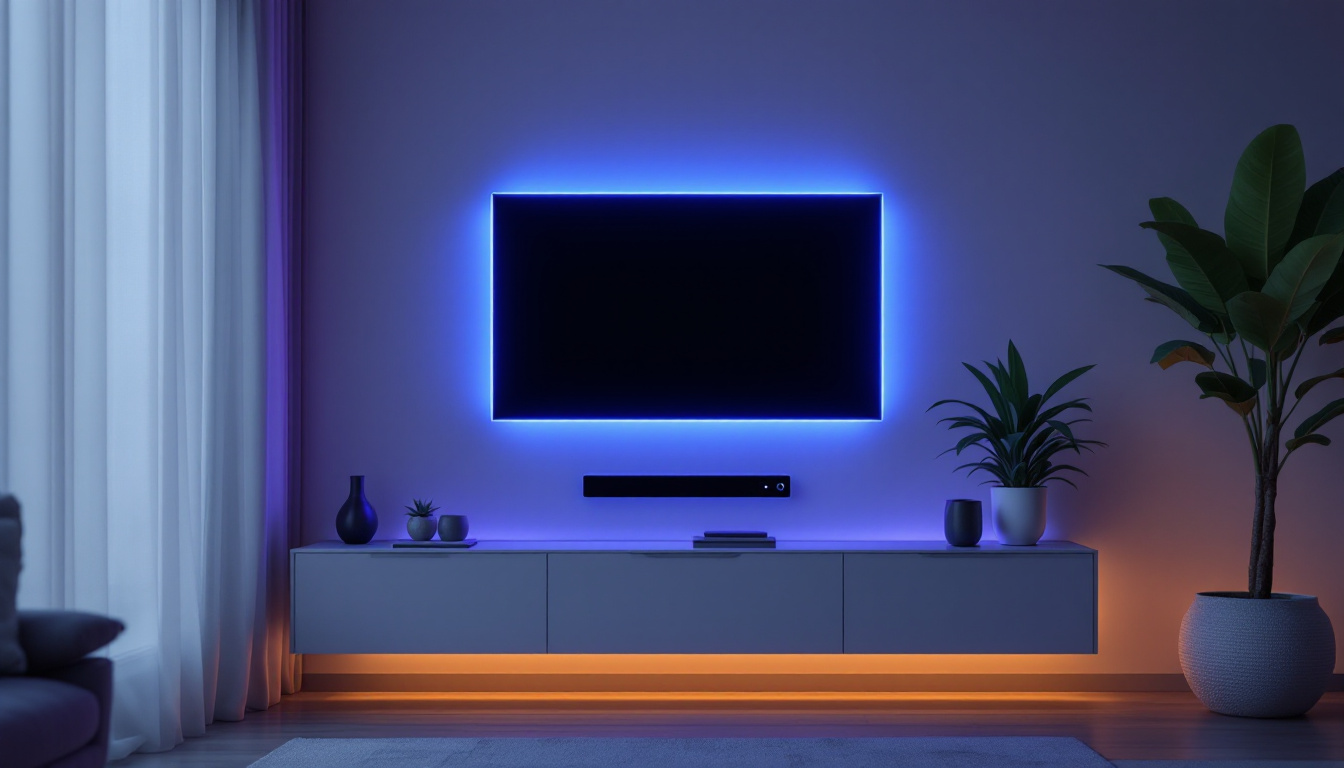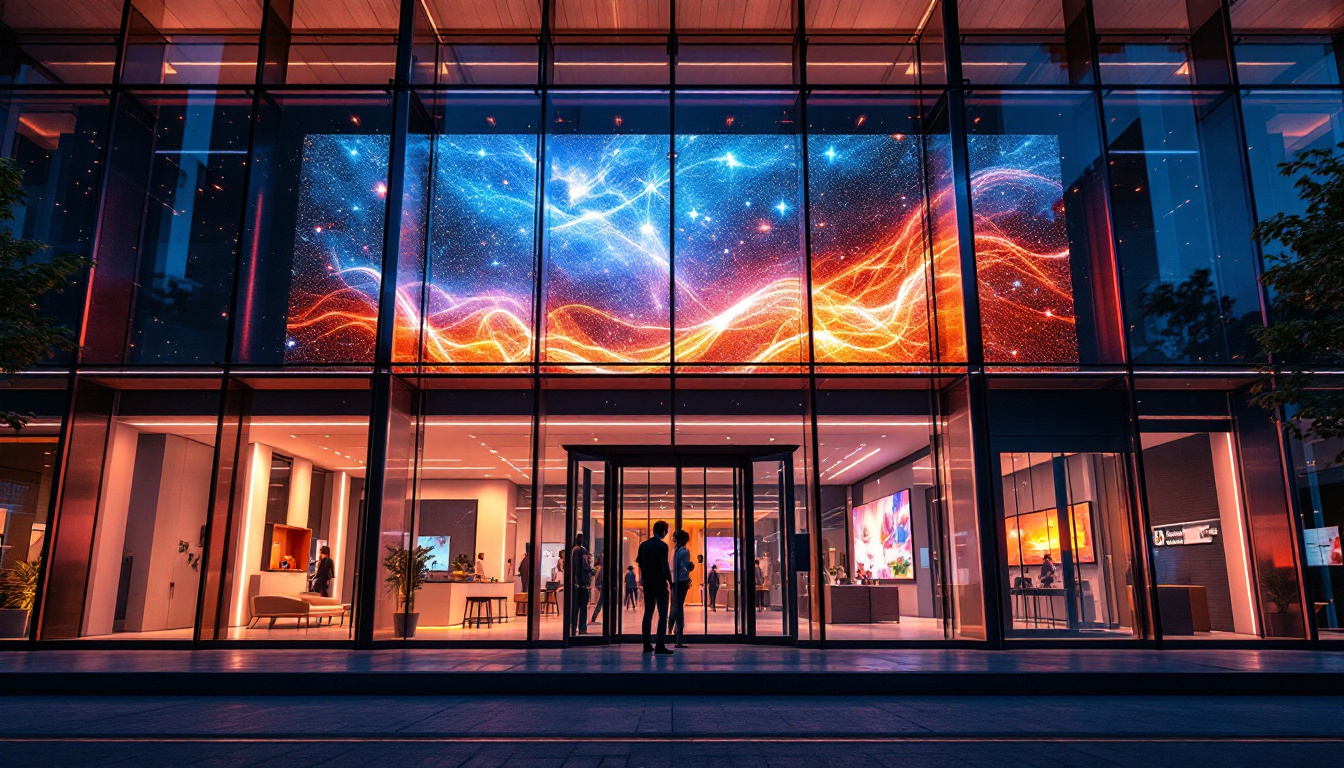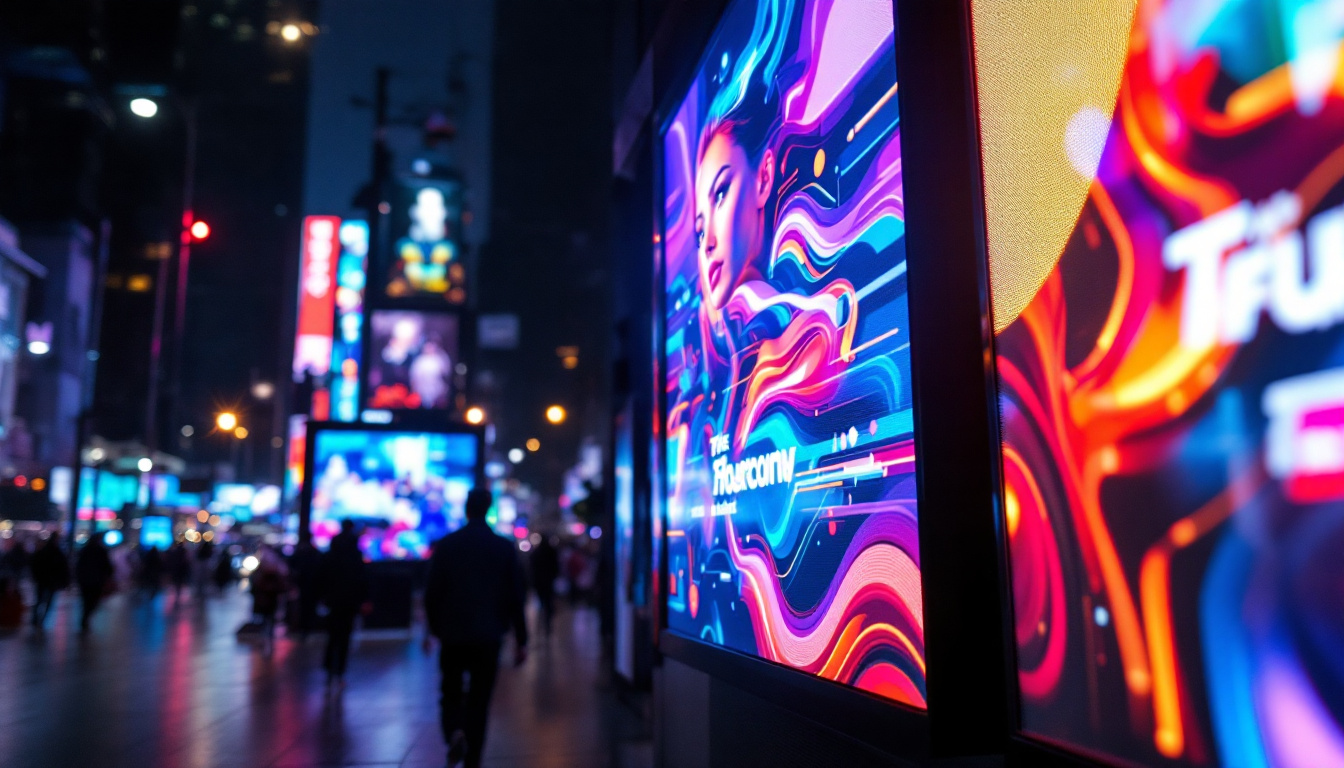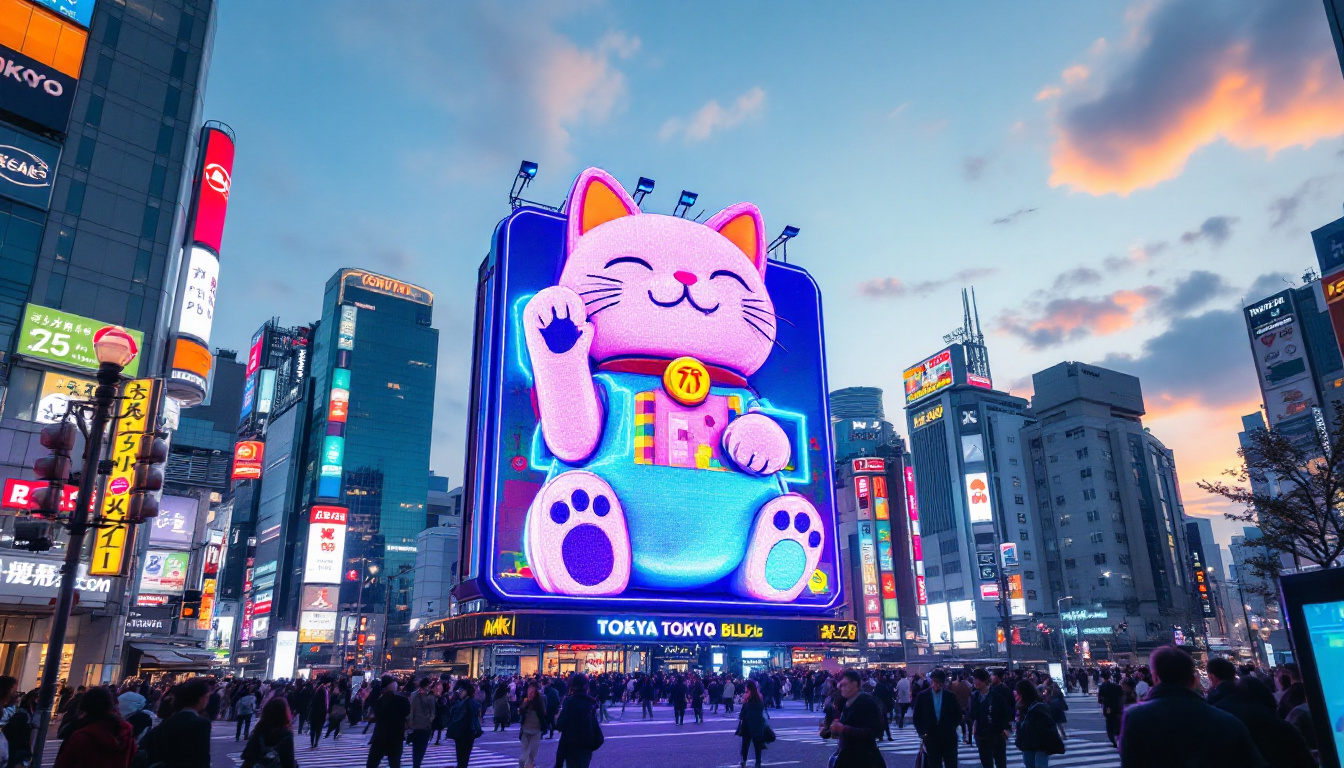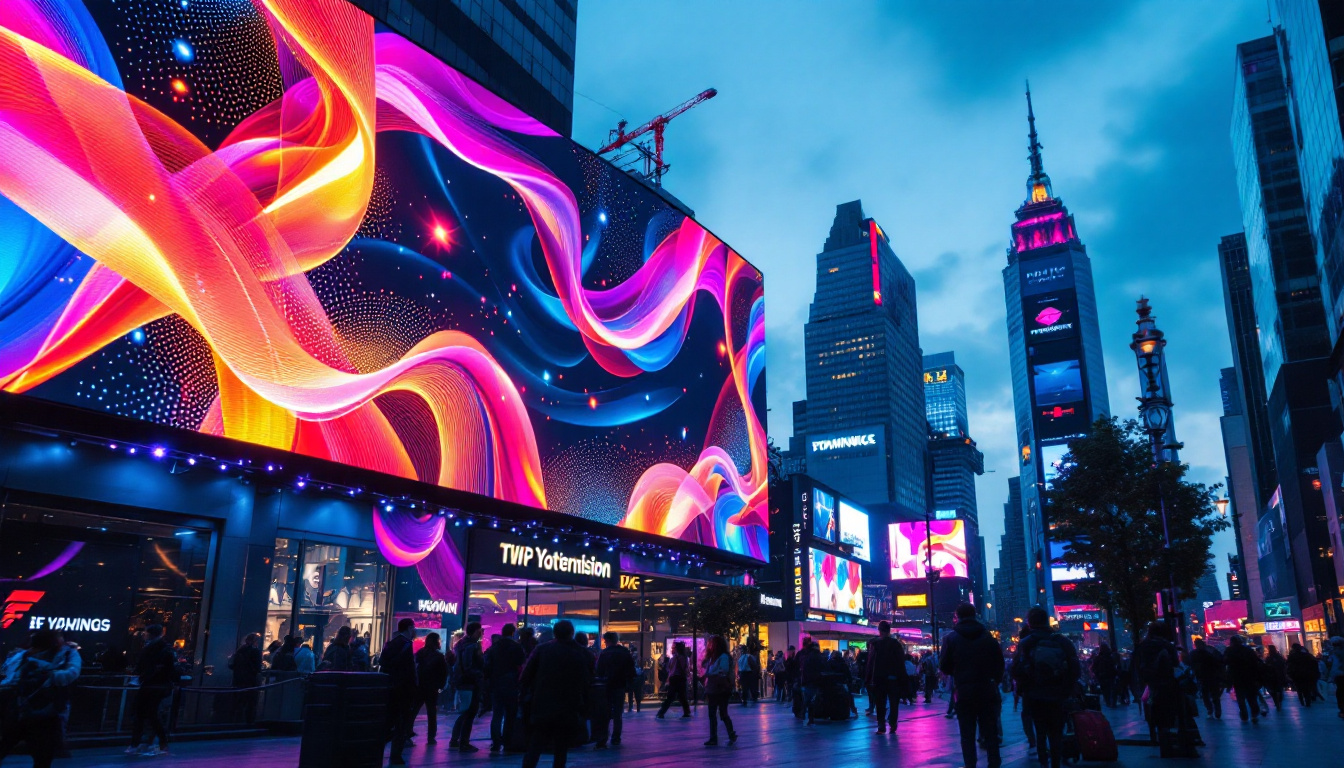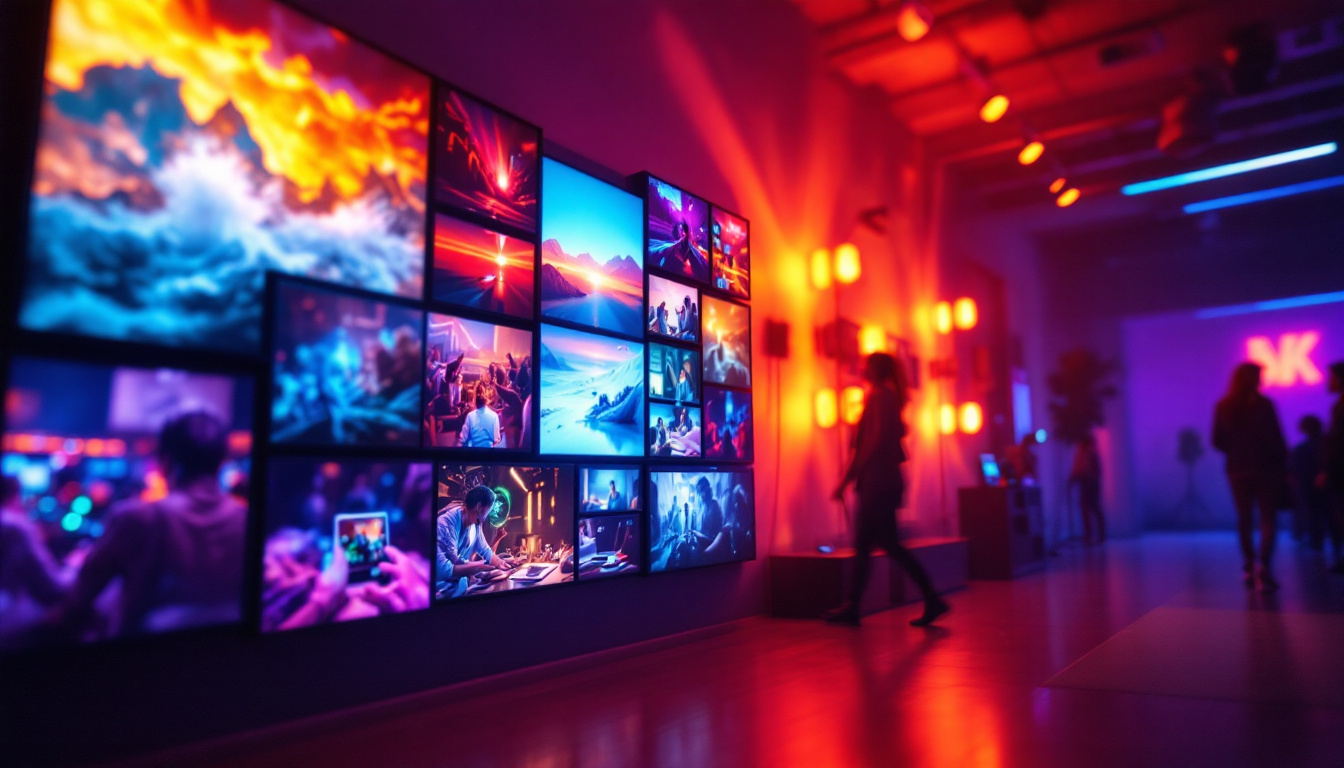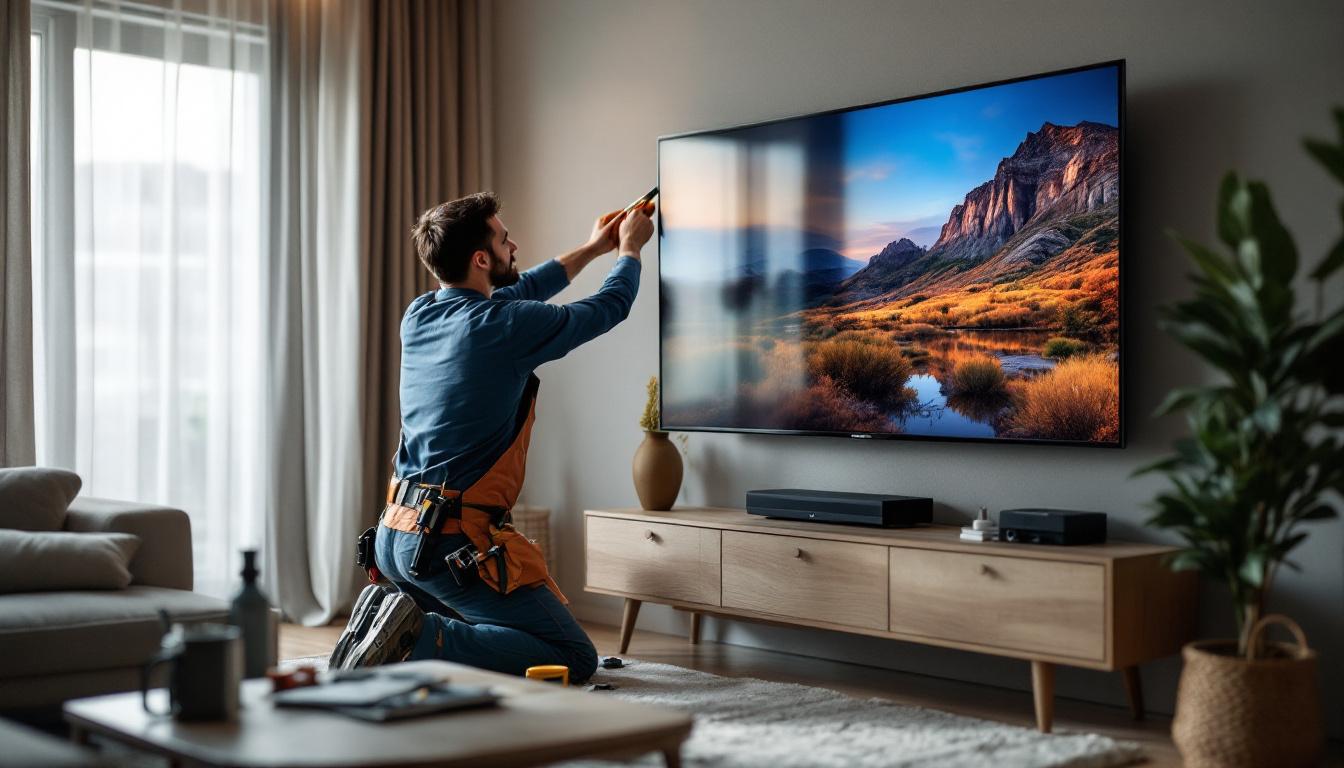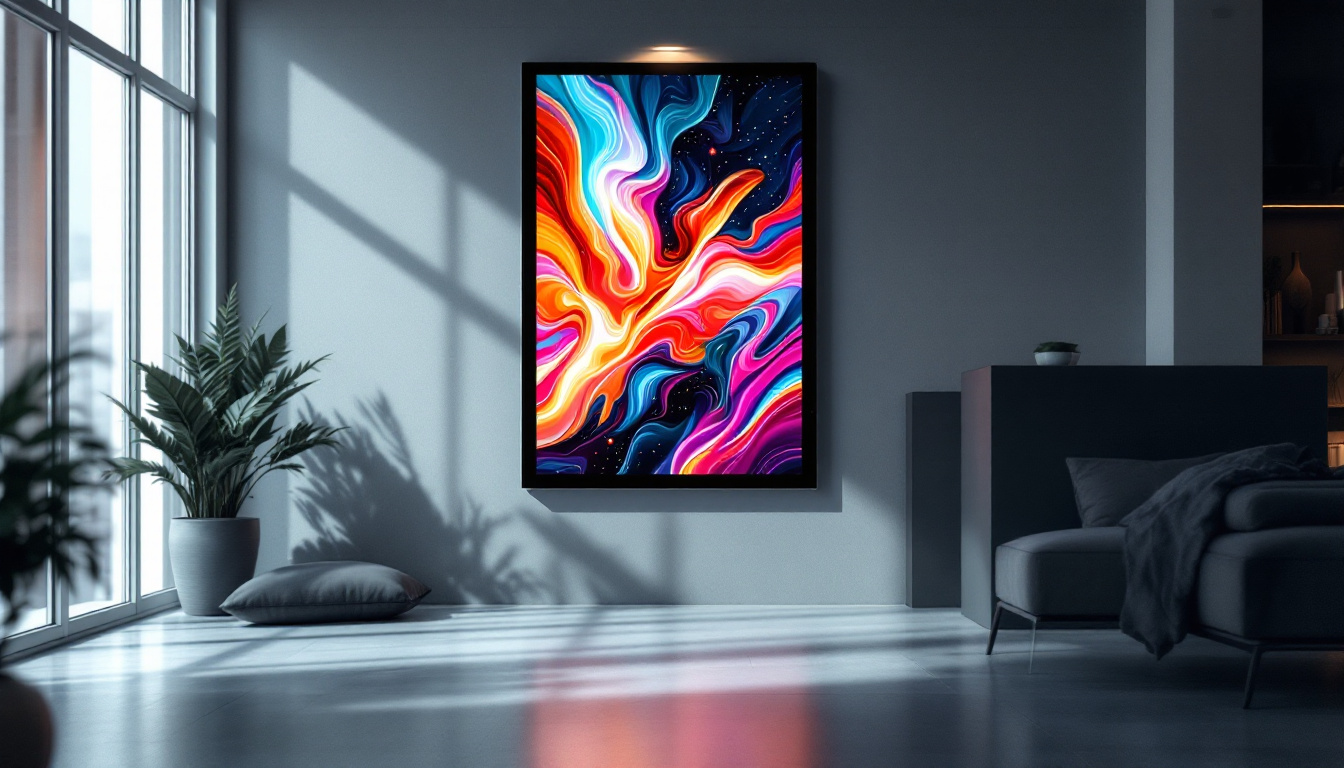In recent years, LED technology has revolutionized the way we illuminate spaces and display information. From smartphone screens to massive outdoor billboards, LEDs (Light Emitting Diodes) have become the preferred choice due to their efficiency, brightness, and longevity. However, understanding the power consumption of LED displays is crucial for businesses, engineers, and consumers alike who want to optimize energy use and reduce costs without compromising performance.
This article delves into the fundamentals of LED power consumption, exploring how LED displays work, what factors influence their energy usage, and practical tips for managing power efficiently. Whether you are considering installing an LED display or simply curious about the technology, this comprehensive guide will provide valuable insights.
Understanding LED Displays: How They Work
The Basics of LED Technology
LEDs are semiconductor devices that emit light when an electric current passes through them. Unlike traditional incandescent bulbs that produce light by heating a filament, LEDs generate light through electroluminescence, which is far more energy-efficient. This efficiency translates into lower power consumption and less heat generation. Furthermore, the lifespan of an LED can exceed 25,000 hours, significantly outlasting traditional lighting options, which often require frequent replacements. This longevity not only reduces waste but also contributes to lower maintenance costs over time.
LED displays consist of numerous tiny LEDs arranged in a matrix to form images, videos, or text. Each LED acts as a pixel, and by controlling the brightness and color of individual LEDs, the display can render complex visuals with high clarity and vibrancy. The ability to achieve a wide color gamut allows for more realistic and immersive viewing experiences, making LED displays a popular choice in various applications, from advertising to entertainment. Additionally, advancements in technology have led to the development of flexible LED displays, which can be curved or shaped to fit unique designs, opening up new possibilities in creative installations.
Types of LED Displays
LED displays come in various forms, primarily categorized into two types: direct view LED displays and LED-backlit LCD displays. Direct view LED displays use LEDs as the light source and pixels themselves, commonly found in large outdoor screens and digital signage. These displays are particularly effective in bright environments, as they can produce high brightness levels that ensure visibility even in direct sunlight. Furthermore, they are often modular, allowing for easy scaling and customization based on the specific needs of a project.
LED-backlit LCDs use LEDs to illuminate liquid crystal displays, typical in televisions and monitors. This type of display combines the advantages of LCD technology with the energy efficiency of LEDs, resulting in thinner and lighter screens without compromising image quality. For power consumption discussions, direct view LED displays are the most relevant, as their energy use depends directly on the number and brightness of LEDs lit at any moment. In contrast, LED-backlit LCDs offer a more stable power consumption profile, making them suitable for environments where energy efficiency is a priority, such as in corporate settings or educational institutions.
Factors Influencing LED Display Power Consumption
Brightness and Color Settings
One of the most significant factors affecting LED power consumption is brightness. Higher brightness levels require more current to flow through the LEDs, increasing power usage. Outdoor LED displays often operate at brightness levels between 5,000 and 10,000 nits to remain visible in daylight, which naturally consumes more power than indoor displays running at 300 to 1,000 nits.
Color also plays a role. Different colors require different amounts of current; for example, red LEDs typically consume less power than blue or white LEDs. Because LED displays combine red, green, and blue LEDs to create colors, the overall power consumption depends on the color mix displayed at any given time. This means that the content being shown can significantly impact energy use. For instance, a display predominantly showing bright blue hues may consume more power than one featuring warmer tones like yellow or orange, which can lead to strategic planning for content creators aiming to optimize energy efficiency.
Pixel Density and Resolution
Pixel density, measured in pixels per inch (PPI), influences power consumption because more pixels mean more LEDs to power. Higher resolution displays with finer pixel pitch require more LEDs per unit area, which can increase energy use. However, advances in LED technology and driver electronics have improved efficiency, partially offsetting the increased power demand of higher resolutions. Furthermore, manufacturers are now focusing on creating displays that not only offer high resolution but also employ energy-saving technologies, such as dynamic brightness adjustments based on ambient light, which can significantly reduce power consumption without compromising display quality.
Refresh Rate and Frame Rate
The refresh rate—the number of times the display updates per second—and the frame rate of the content can impact power consumption. Higher refresh rates require the LEDs to switch on and off more frequently, which can slightly increase power usage. However, this effect is generally minor compared to brightness and pixel count. It’s also worth noting that many modern displays come equipped with adaptive refresh rate technologies that adjust the refresh rate based on the content being displayed, which can help in minimizing unnecessary power draw during static or low-motion scenes.
Environmental Conditions
Temperature and ambient light conditions also influence power consumption. In hotter environments, LED efficiency can decrease, causing the display to draw more power to maintain brightness. Additionally, in bright sunlight, displays may increase brightness to remain visible, further raising energy use. Furthermore, humidity levels can also play a role; high humidity can affect the performance of electronic components, potentially leading to increased power consumption as systems work harder to maintain optimal performance. This interplay of environmental factors highlights the importance of considering location and climate when planning for LED display installations, as these elements can significantly affect both energy costs and display longevity.
Measuring and Calculating LED Display Power Consumption
Typical Power Ratings
LED display power consumption is often expressed in watts per square meter (W/m²). For example, a typical indoor LED display might consume between 200 and 400 W/m², while an outdoor display can range from 600 to over 1,000 W/m² depending on brightness and size.
To estimate the total power consumption of an LED display, multiply the power density by the display area. For instance, a 10 m² indoor LED display consuming 300 W/m² would use approximately 3,000 watts (3 kW) when operating at full brightness.
Dynamic Power Consumption
Unlike traditional lighting, LED displays exhibit dynamic power consumption, meaning the power used varies with the content displayed. Darker images with fewer lit pixels consume less power, while bright, colorful content draws more energy. This variability makes precise power measurement challenging but also offers opportunities for energy savings through content optimization.
Power Supply and Efficiency
The efficiency of the LED driver and power supply also affects overall consumption. High-quality power supplies can achieve efficiencies above 90%, reducing wasted energy. Additionally, modern LED drivers incorporate features like pulse-width modulation (PWM) to control brightness efficiently, further optimizing power use.
Energy Efficiency Strategies for LED Displays
Adaptive Brightness Control
Implementing sensors that adjust display brightness based on ambient light conditions can significantly reduce power consumption. For example, lowering brightness at night or in dim environments conserves energy without compromising visibility.
Content Optimization
Designing content with darker backgrounds and fewer bright elements can reduce the number of LEDs lit at high intensity, lowering power draw. This approach is particularly effective for digital signage and advertising, where content can be tailored to balance visual impact and energy efficiency.
Scheduling and Power Management
Turning off displays during non-operational hours or using power-saving modes when the display is idle can cut unnecessary energy use. Many LED display systems support scheduling features to automate these processes, ensuring energy is not wasted when the display is not needed.
Regular Maintenance
Keeping LED displays clean and well-maintained ensures optimal performance and prevents power losses due to dirt, damaged LEDs, or faulty drivers. Routine inspections and timely repairs can extend the lifespan of the display and maintain energy efficiency.
Environmental and Economic Benefits of Efficient LED Displays
Reducing Carbon Footprint
LED displays consume significantly less power than older technologies such as neon or incandescent-based signage. By optimizing power consumption, businesses can reduce their carbon footprint, contributing to sustainability goals and compliance with environmental regulations.
Cost Savings
Lower energy consumption translates directly into reduced electricity bills. For large-scale LED installations, even small efficiency improvements can yield substantial financial savings over time. Additionally, longer LED lifespans reduce replacement and maintenance costs.
Supporting Green Building Certifications
Energy-efficient LED displays can contribute points toward green building certifications like LEED (Leadership in Energy and Environmental Design) by reducing overall building energy use. This can enhance a company’s reputation and appeal to environmentally conscious consumers.
Future Trends in LED Display Power Consumption
Advancements in LED Materials
Research into new semiconductor materials and nanotechnology promises LEDs with even higher luminous efficacy—more light output per watt of power. These advances will enable brighter displays with lower energy use, expanding the possibilities for LED applications.
Integration with Smart Technologies
Smart LED displays equipped with AI-driven content management and environmental sensing will optimize power consumption dynamically, balancing visibility and energy efficiency in real-time. This integration will make LED displays more responsive and sustainable.
Renewable Energy Integration
As solar and other renewable energy sources become more accessible, pairing LED displays with on-site renewable generation can further reduce environmental impact and operational costs, especially for outdoor installations.
Conclusion
LED displays offer a powerful combination of brightness, durability, and energy efficiency, making them a popular choice across industries. Understanding the factors that influence their power consumption—from brightness and color settings to environmental conditions—enables informed decisions that optimize energy use and costs.
By adopting energy-efficient practices such as adaptive brightness control, content optimization, and regular maintenance, businesses can maximize the benefits of LED technology while minimizing environmental impact. Looking ahead, ongoing innovations in LED materials and smart technologies promise even greater efficiency gains, ensuring LED displays remain a sustainable and cost-effective solution for visual communication.
Explore Cutting-Edge LED Solutions with LumenMatrix
Ready to elevate your visual communication with the latest in LED technology? LumenMatrix is at the forefront of innovation, offering a diverse range of LED display solutions tailored to your needs. From captivating Indoor and Outdoor LED Wall Displays to dynamic Vehicle and Sports LED Displays, our products are designed to make your brand shine. Experience the transformative power of LED displays and join the revolution in efficient and impactful visual storytelling. Check out LumenMatrix LED Display Solutions today and see the difference for yourself.

